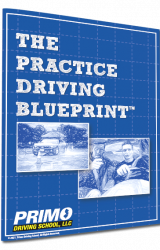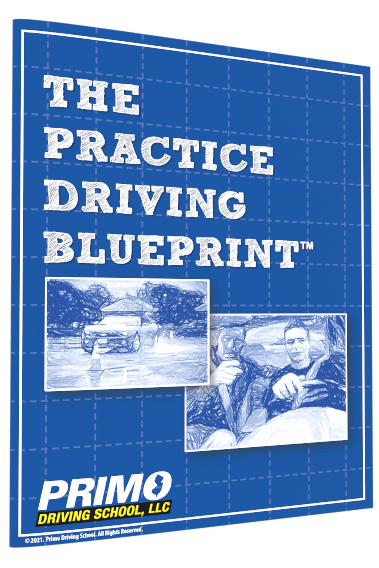Through my years of experience coaching both youth sports in Cedar Grove, NJ and high school athletes at Waldwick High School in Waldwick, NJ, and running my business, Primo Driving School, I’ve noticed a lot of overlap between coaching sports and coaching new drivers. Understanding what makes a good coach has helped me be a good driving instructor, and vice versa. In the end, it’s all about teaching and leading effectively.
To be a successful coach in either scenario, it’s vital to know your audience and figure out how to motivate them to get the desired results. Here are my go-to tips to being a good coach and driving instructor that I’ve picked up along the way:
1. LEARNING IS PERSONAL.
Even though you might say your message in perfect English, it does not guarantee that your message will be heard and understood by everyone in the same way. NOT EVERYBODY LEARNS THE SAME WAY! Think back to your high school geometry class when your teacher was explaining the Pythagorean Theorem for the first time. As your teacher went on with the lecture, some of it stuck and other parts of the concept still needed some reinforcement through pictures, diagrams and even word problems. The same type of process occurs when learning anything for the first time. Understanding that people absorb information differently, and through different modalities, you can prepare different methods of teaching and incorporate it into your lessons.
For example, I have many different ways of teaching the “hand over hand” steering concept to new drivers. If at first they don’t “get it” when I explain it in conversation, I visually demonstrate it. When I am coaching and showing my Quarterback how to throw a spiral, I make a point to explain it first and then show him how it’s done…besides, I can’t have my players thinking I’m “all talk!”
2. HAVE PATIENCE. GOOD THINGS TAKE TIME.
When reviewing a new concept with someone, give them time to absorb the concept and wait for them to get results. Remember, bad or incorrect habits aren’t easy to break. It may take time for the student to get comfortable with any new technique presented before you will see progress. For example, making a change to a driving habit might require a step backward, before going forward. It’s not going to be perfect the first time, and it doesn’t need to be.
This often happens when teaching new drivers how to brake smoothly and gradually. Inexperienced drivers often initially exaggerate and over-correct their movements when getting used to driving (or even new or unfamiliar vehicles) cars during the first few times out on the road. Braking may be applied abruptly and cause erratic or unsmooth transitions between stopping and starting. It can also lead to car sickness (I’ll spare you the gory details). After I explain the idea of braking gradually into a full stop, and then demonstrate it, it takes students a few tries until they are able to do it themselves.
3. SCREAM AND SHOUT AT CONCERTS, NOT IN THE CAR.
Bill Parcells, famed NFL coach, is known as a screamer. His infamous rants on the sidelines of nail-biting games have gone down in history as some of the most memorable ever. Although he led his teams to many championships, yelling and screaming doesn’t work for everyone.
In my experience, I’ve found that using “cue words” is a more effective way of communicating, especially during high-pressure moments. Instead of yelling, “STOP!” or “GET OUT OF THE WAY!” you can try using “cue words” like “cover”, or “ride the brake”. You need to feel it out and see how the student is responding. The most important thing to keep in mind here is that while yelling out plays might work in high-pressure games, when behind the wheel of a 2-ton machine it is sage advice to coach in a calm and composed manner so that your student responds in a similar way.
There are all types of coaching and teaching methods, and these are the ones that have worked for me.
If you have any interest in learning more, feel free to reach out to our Primo Driving School team (973) 812-6208 or email us at [email protected]





